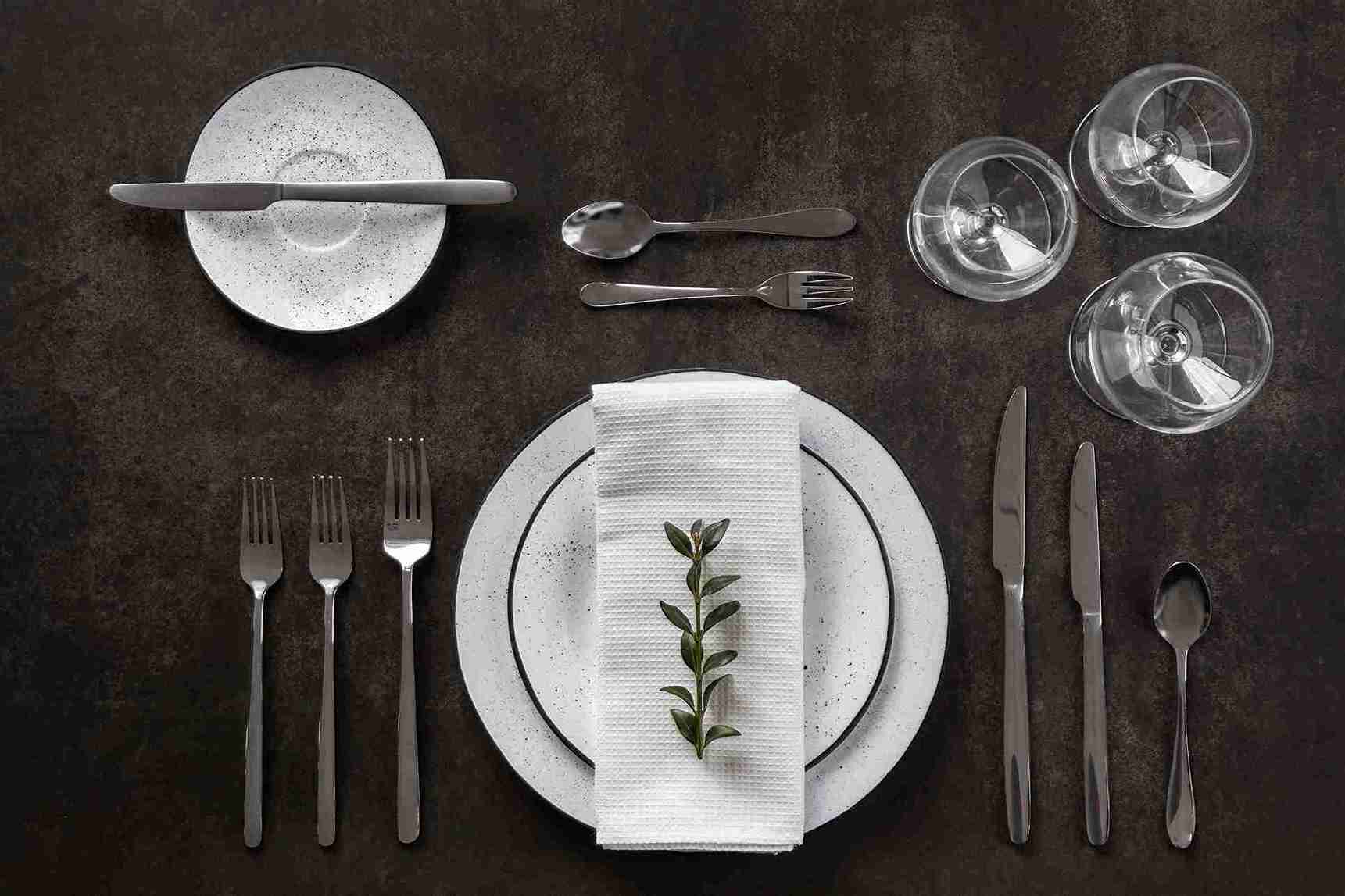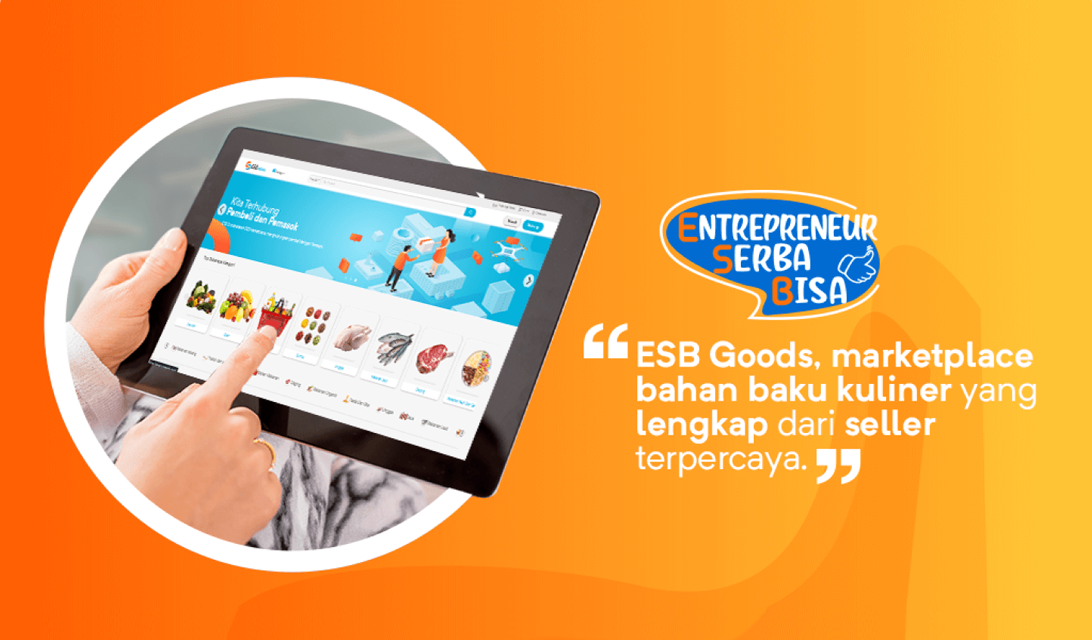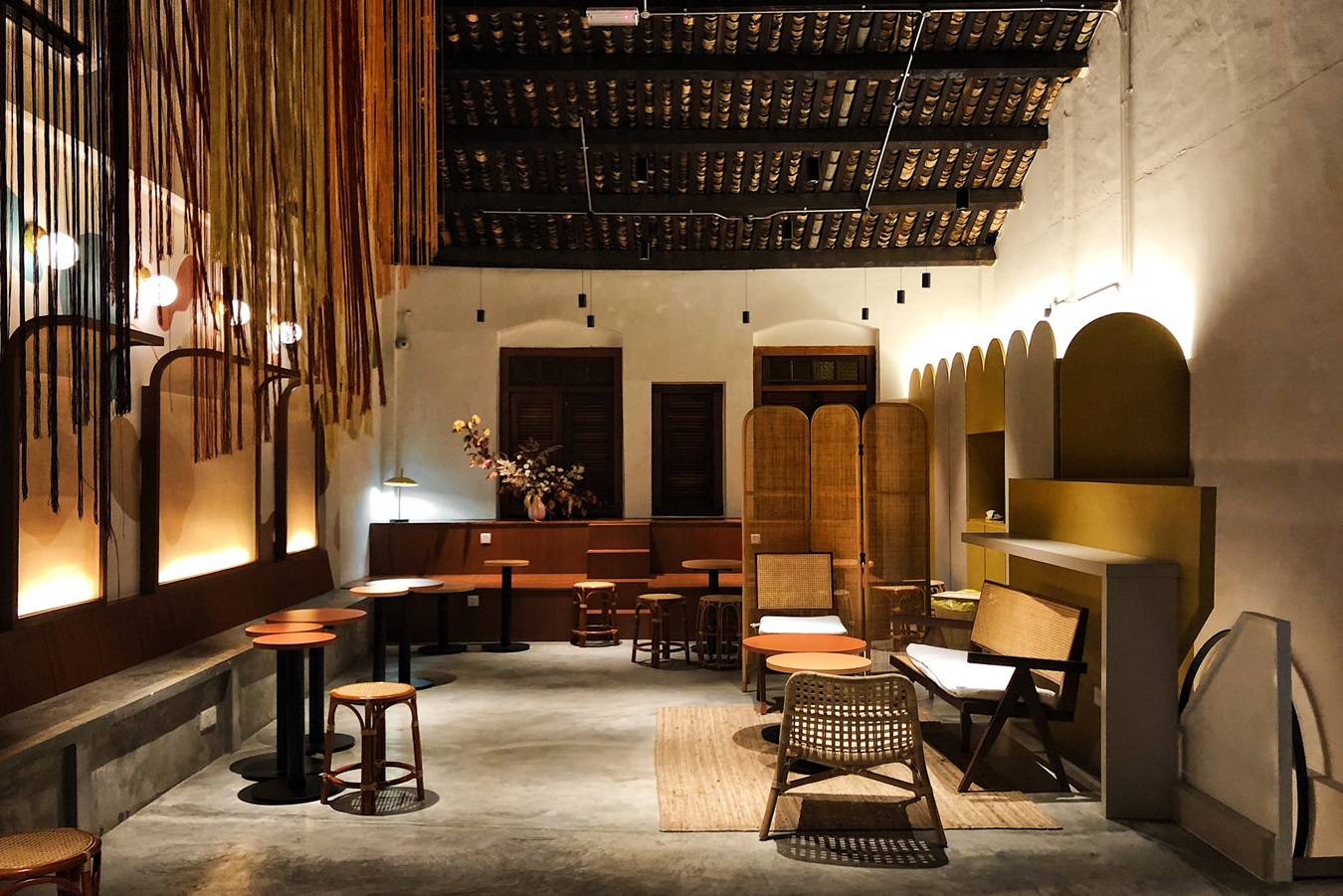 SHARE
SHARE
Types of Cutleries and Tips for Choosing Them for Your F&B Business
Sovia
As a restaurant owner, there are many things to consider in order to create a high-quality dining experience. One often overlooked aspect is the selection of the right cutleries.
In fact, these utensils play a crucial role in ensuring customer comfort while also strengthening the restaurant's visual identity.
Many food business owners are still confused about which types of cutleries are most suitable for their restaurant concept and daily operational needs.
Cutleries refer to dining utensils, including spoons, forks, knives, and other eating tools.
In practice, cutleries are not just tools for consuming food; they also reflect the service standards and presentation aesthetics of a restaurant.
Cutleries can even influence customers' perceptions of the professionalism of the dining establishment they visit.
In fine dining restaurants, a complete and neatly arranged set of cutleries is usually placed in the order of the courses served.
However, in casual or modern restaurants, a simpler and more functional selection of cutleries might be a more suitable choice.
This difference is why restaurant owners need to understand the functions and types of cutleries before making a decision.
Choosing the right cutleries is not just about shape and design. There are other considerations such as durability, ease of maintenance, and compatibility with the menu offered.
Therefore, it is important to better understand the functions and various types of cutleries in order to select the ideal set for restaurant operations.
This article will provide a concise overview to help you understand it better. Let's dive into the discussion below!
Functions of Cutleries
Cutlery sets are not just ordinary dining equipment. Their role is far more extensive, ranging from assisting in eating, supporting presentation, to enhancing the look of the restaurant table.
By selecting the appropriate cutlery set, your restaurant can provide a better dining experience for customers.
Here are the three main functions of cutleries and their detailed explanations:
1. Cutleries as Eating Tools
The primary function of cutleries is to assist customers in enjoying their meals. Here are the types of cutleries in this category:
1) Dinner Spoon
Used for main dishes like rice, soup, or dishes with sauces.
2) Dinner Knife
Used for cutting main dishes such as meat, chicken, or heavily seasoned dishes.
3) Dinner Fork
Used with a dinner knife to elegantly and neatly eat food.
4) Steak Knife
A special knife with a sharp blade designed for cutting steak without damaging its texture.
5) Dessert Spoon & Dessert Fork
Smaller eating utensils for enjoying desserts like cake or pudding.
6) Fruit Spoon
Used for eating cut fruits, with a sharper end to make it easier to pick fruit pieces.
7) Tea Spoon
Used for stirring tea or coffee, or eating light snacks like yogurt.
2. Cutleries as Serving Tools
Besides eating, cutleries are also important for food presentation in the restaurant. Here are some types of cutlery sets used for serving:
1) Carving Knife
Used for cutting large pieces of meat, such as roasted chicken or beef.
2) Butter Knife
A short knife with a blunt edge, used to spread butter or jam on bread.
3) Salad Fork
A tool used to serve salad without ruining its arrangement or presentation.
4) Gravy Ladle
A small soup spoon used for pouring sauce or broth over dishes.
5) Food Tongs
Used for moving foods like fried items or solid dishes without breaking them.
6) Soup Spoon
A spoon with a large bowl and long handle, used for serving soup or liquid-based dishes.
7) Vegetable Server
A large fork with a curved tip used to serve vegetables or soft-textured dishes.
8) Cake Server
A flat tool with a wide end used to cut and serve cake neatly.
9) Cheese Knife
A special knife designed to cut hard cheese without ruining its shape.
3. Cutleries as Aesthetic Elements
In addition to their practical functions, cutlery sets also serve as aesthetic elements that enhance the restaurant’s character.
The design, color, and material of the cutleries can influence customers' first impressions when they see the dining table.
Neatly arranged cutlery sets on the table can also enhance the restaurant's visual appeal and create an elegant impression.
Some restaurants even use cutlery as part of the interior décor, such as knives and spoons hanging on the kitchen wall or neatly arranged on open shelves.
This display is not only visually pleasing but also indicates cleanliness and orderliness to customers.
Read more: Kitchen Equipment and Utensils: What's the Difference? Listen to the explanation!
Types of Cutlery Materials
Source: freepik.com
The choice of cutlery material significantly impacts its visual appeal, functionality, and maintenance.
Here are some common types of cutlery materials used in restaurants:
1. Stainless Steel Cutleries
Stainless steel is the most commonly used material for cutlery in the professional culinary world.
It is durable, resistant to rust, and easy to maintain. It is perfect for restaurants as it is efficient and does not require special care.
2. Wooden Cutleries
Wooden cutleries provide a natural feel and aesthetic look on the dining table. However, wood requires regular maintenance, such as oiling, to prevent drying or cracking. It is ideal for restaurants that aim to create a warm, welcoming atmosphere.
3. Ceramic Cutleries
Ceramic materials are often used for lighter cutlery items like dessert spoons or forks.
These cutleries have a clean and attractive appearance but are more susceptible to breakage. They are suitable for restaurants with an artistic concept.
4. Silver Cutleries
Silver cutleries have an elegant appearance and are often used for formal banquets.
Silver can tarnish over time, requiring regular maintenance. To maintain its shine, silver-specific cleaners are usually used.
Tips for Choosing the Right Cutleries
Choosing the right F&B cutleries is crucial for creating a satisfying dining experience.
Every restaurant needs to consider several factors when selecting the cutlery set that suits their concept and needs.
Here are some tips to help you choose the right cutlery:
1. Match with Restaurant Needs
First, ensure that the cutlery matches the type of food you frequently serve. For example, if your restaurant specializes in steak, a cutlery set that includes a steak knife is essential.
Similarly, dishes like desserts or soups each require different types of knives or spoons.
2. Consider the Material
The material of the cutlery plays a significant role in durability and ease of maintenance. Stainless steel is a popular choice due to its durability and ease of cleaning.
However, if your restaurant has a natural theme, a wooden cutlery set might add an attractive touch. Consider materials like ceramic or silver for formal events.
3. Comfort and Ergonomics
The comfort of the utensils is crucial for an enjoyable dining experience. Ergonomically designed handles will provide extra comfort for guests.
Ensure that each piece is easy to hold and not slippery when used. Also, the size of the cutlery set should be appropriate for guests of various ages.
4. Safety and Cleanliness
Safety is an aspect that should never be overlooked. Choose a cutlery set that is resistant to rust or bacteria.
Stainless steel is an ideal choice because it tends to be safer and more hygienic.
Also, make sure that the cutlery is easy to clean and does not leave stains after use.
Read more: 5 Types of Table Set Ups Most Often Used in Restaurants! Which do you use?
Conclusion
Cutleries are an essential part of every dining experience. They assist in the eating process, maintain cleanliness, and strengthen the restaurant’s branding.
Choosing the right cutlery set is not just about appearance, but also supports efficiency and customer comfort.
The more appropriate the eating utensils, the more positive the dining experience will be.
However, in addition to considering cutlery, the kitchen should also be managed efficiently.
Take advantage of the ESB Kitchen for your restaurant kitchen. ESB Kitchen is an integrated kitchen order management system designed to support food preparation efficiency.
Equipped with features like serving time analysis, automation of information from the kitchen to the cashier or waiter, and barcode features for a simpler finish order process.
Everything is digital and paperless, making kitchen operations faster, more organized, and more efficient. Let's consult your business now!
 SHARE
SHARE





